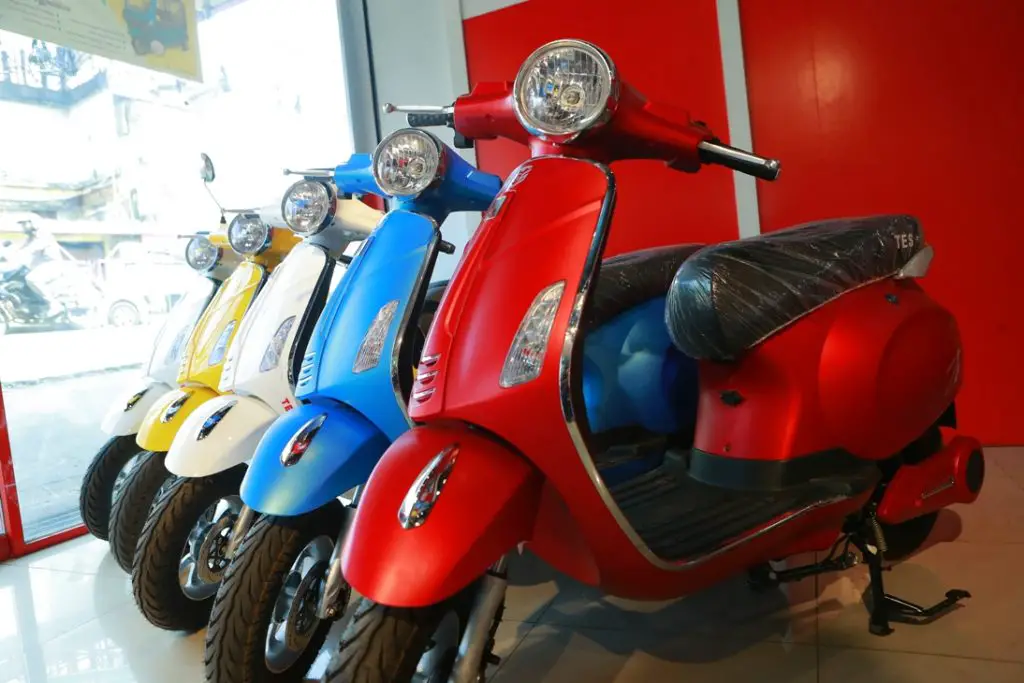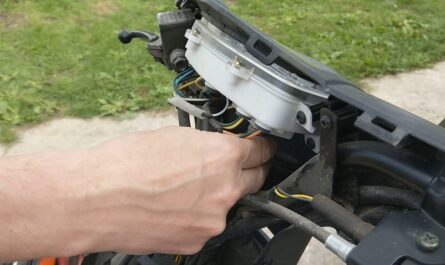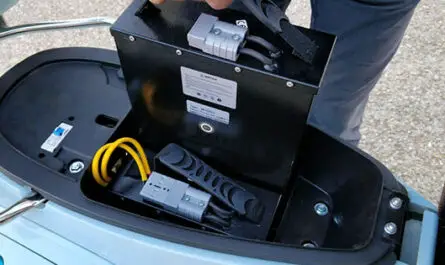Gasoline scooters are normally equipped with electric starting components which are there to make life easier for the driver. your scooter battery is dead and you're wondering if it's possible to make it work, we've got some great news for you. There are ways to overcome this problem. This step by step guide will show you how you can start a scooter that has run out of battery.
Step 1: Stabilize your scooter
You should make sure your scooter is on a level surface before you start it. All scooters are equipped with a center stand for parking, so the first step is to install your center stand. If you have never installed a center stand, you will find it under your scooter.
- Stand on the left side of your scooter, grab the left handlebars with your left hand and the back of your scooter with your right hand.
- Place your foot on the center stand, gently lowering it until it touches the ground.
- Then you need to step forward, keeping your left hand on the left handlebars, pushing the scooter back and onto the center stand.
- If you see that the scooter is on the center stand and is balanced, you can walk away and your scooter will stand on its own, safely.
What you will need:
Step 2: Locate the starter lever and turn the key to the on position:
Next you will need to find the start lever for your scooter. You will usually find this lever on the left side of the transmission housing. If you don't know where it is, it's usually a box located next to the rear wheel of your scooter. What you are looking for is a small, peg-shaped lever that folds down at a 90 degree angle to your scooter.
Then insert the keys into your scooter and turn them until they reach the "on" position. If your scooter battery is broken, it should not cause anything. You will need to leave the keys inserted and turned in the "on" position to successfully start your scooter.
Step 3: Trigger the starter lever
Stand on the left side of your scooter, near the starter lever. Apply the left hand brake with your left hand. This is an important step, as the left hand brake lever has a safety switch that prevents the engine from starting if it is not actuated. Next :
- Stabilize the scooter with your right hand while holding the rear end.
- Place your right foot on the starter lever.
- Once you are sure you have mastered the balance of the scooter, press your right foot on the starter lever in a steady but sharp motion, then allow the starter lever to return to its 90 degree position.
- Your scooter should now start.
Still no startup? Use a starter kit
If you have an electric starter kit handy, plug it in and access your scooter battery. The battery of your scooter is equipped with a negative terminal and a positive terminal.
You will need to connect the cables from your starter kit to these corresponding terminals, but make sure that your starter kit is set to 12 volts before doing so. Next :
- Switch on your starter kit which should be connected to your scooter battery.
- Wait for the charge to transfer to your battery.
- Before attempting electric ignition, make sure your left hand is firmly on the left hand brake to trigger the safety mechanism preventing unactivated motors from starting.
- Once your left brake is depressed, try starting the scooter normally by turning the key to the "on" position.
- If your battery is strong enough, the scooter should be able to start electrically.
- Once you have successfully started your scooter it is time to safely remove the starter kit.
- While your scooter is still running, turn off the starter kit and safely remove the positive and negative wires from your battery.
- Collect the battery with its case and make sure you put the floor panels back in place if you placed your battery under the footrest.
- You are now ready to roll, which should allow recharge your battery a little.
What you will need:
Learn more about your scooters:
Here is an article that serves as a guide and helps you choose your scooter better before purchasing. For this, we give you the details on the characteristics and the different types of scooter.




